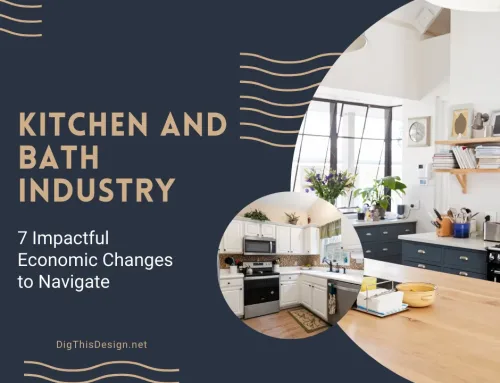Are you looking to transform your living space or office and considering hiring a professional to help you? If so, you might have come across the terms “designer” and “decorator.” While these terms are often used interchangeably, they have distinct differences. Understanding these differences can help you choose the right professional for your specific needs.
What Qualifies a Designer Over a Decorator

In this blog post, we will explore the differences between a designer and a decorator.
Designer – Education, Expertise, and Responsibility
Designers and decorators both work with aesthetics and style, but they have different areas of expertise and responsibilities. A designer is a trained professional who possesses formal education and experience in interior design, architecture, or a related field. They are qualified to create functional and aesthetically pleasing spaces by considering factors such as space planning, building codes, safety regulations, and accessibility. Designers work closely with architects, contractors, and other professionals to create cohesive and functional spaces that meet the specific needs and preferences of their clients. They have a deep understanding of design principles, color theory, and materials, and are skilled in creating detailed plans and drawings.
Decorator – Aesthetics and Visual Elements
On the other hand, a decorator is someone who specializes in the aesthetics of a space. They focus on the visual elements of a room, such as color schemes, furniture selection, lighting, and accessories. Decorators have an eye for style and are skilled in creating harmonious and visually appealing spaces that reflect the tastes and preferences of their clients. They may work with existing spaces or provide suggestions for furnishings and accessories to enhance the overall look of a room. Decorators do not typically require formal education or licensing, although some may have certifications or specialized training in specific areas of interior design.
Involvement and Scope of Work
One key difference between a designer and a decorator is the level of involvement in the design process. Designers are involved in the entire process, from conceptualization to implementation, and work closely with other professionals to ensure the functionality, safety, and aesthetics of a space. They create detailed plans, oversee construction and installation, and manage budgets and timelines. Decorators, on the other hand, are primarily focused on the visual aspects of a space and may not be involved in the construction or renovation process.
Another difference is the scope of work. Designers typically work on large-scale projects, such as residential or commercial buildings, and may be involved in the design of multiple rooms or even entire buildings. They consider factors such as traffic flow, spatial planning, and building codes. Decorators, on the other hand, often work on smaller projects, such as a single room or a specific area within a room, and their focus is primarily on the aesthetics of the space.
Cost Considerations
In terms of cost, hiring a designer may be more expensive than hiring a decorator. This is because designers have a higher level of education, expertise, and responsibilities, and their services are often required for more complex projects. Decorators, on the other hand, may be more affordable as they typically focus on the visual elements of a space and do not require formal education or licensing.
In conclusion, while both designers and decorators work with aesthetics and style, they have distinct differences in their areas of expertise, scope of work, level of involvement, and cost. If you are looking for help with the overall design, functionality, and safety of a space, a designer may be the right choice for you. On the other hand, if you are primarily interested in the visual aspects of a space and want to enhance its aesthetics, a decorator may be a more suitable option. It’s important to understand these differences and choose the right professional based on your specific needs and budget.
Other posts you might enjoy:
Questions an Interior Designer Will Ask
Living Room Design – How to Get a Designer Look
5 Reasons You Should Hire a Professional Interior Designer
Tips for Choosing the Right Interior Designer for Your New Home





